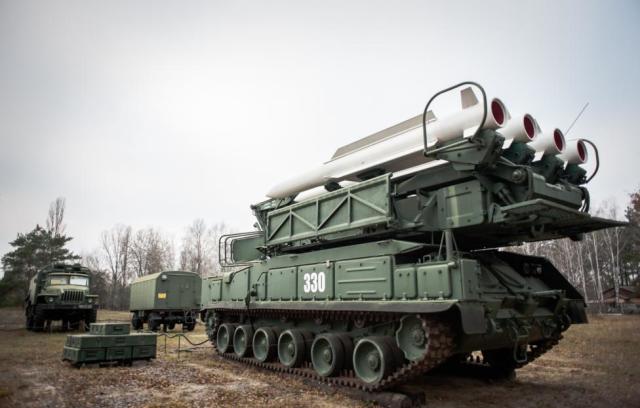American gunsmiths crossed the chassis of launchers of the Soviet Buk anti-aircraft missile system and Soviet-era radars with various American missiles to create an air defense system in the interests of the Armed Forces of Ukraine (AFU). About what other experiments Kiev and its Western allies are putting up in conditions of a shortage of weapons — in the TASS material
The old "Beech" in a new way
Yuri Ignat, a representative of the AFU Air Force Command, said that Washington, together with Kiev, are finalizing Soviet-made anti-aircraft missile systems (SAMs) so that they can fire American missiles. According to him, such a measure is temporary, while Ukraine is waiting for the supply of more Western anti-aircraft missile systems such as NASAMS, IRIS-T, Patriot and others.
Earlier, The New York Times newspaper wrote about the development of Soviet-American weapon hybrids. Her publication reveals two variants of such technical "cocktails". In one of them, transport and launch containers with RIM-7 Sea Sparrow anti-aircraft guided missiles designed for the ship's short-range air defense system (PVO) are mounted on a tracked launcher of the Buk air defense system manufactured by the USSR. In the second case, a combination of Soviet—style radar stations (radars) and launchers for AIM-9M Sidewinder air—to-air missiles is used - for example, American F-16 fighters can be armed with such. The type of radars and the design of the launchers are not disclosed. In addition, according to the publication, the United States is testing a combination of a longer-range American Patriot air defense system with old radars available in Ukrainian arsenals.
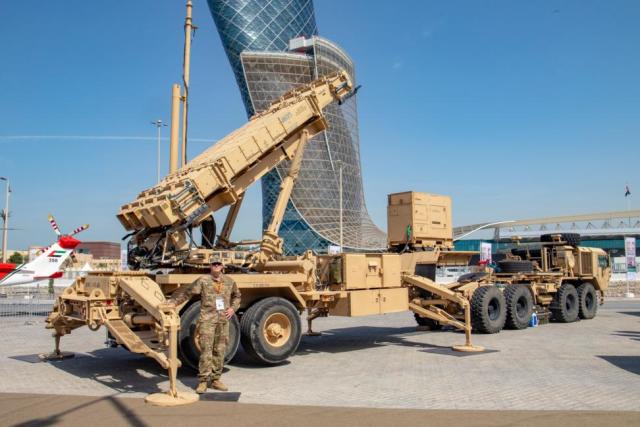 |
| The Patriot SAM launcher. |
| Source: Viktor Bodrov/ TASS |
Representatives of the United States called such hybrids FrankenSAM — a combination of the word "Frankenstein" and the abbreviation SAM, denoting a surface—to-air missile. The first option described above has already been received by Kiev, the delivery of the second is expected during November.
The idea of such combinations appeared in American engineers after the Ukrainian side asked them to find missiles for the Buk at the end of last year. Kiev has about 60 launchers and radars of this Soviet air defense system in storage. Instead of Soviet-style ammunition, which was difficult to get, they decided to use NATO missiles. Like the Buk anti-aircraft guided missiles, Sea Sparrow uses a semi-active radar homing head (GOS).
Sidewinder missiles are equipped with a GPS that reacts to the thermal radiation of the target. The IRIS-T anti-aircraft system fires the same type of ammunition. This European system also uses upgraded air—to-air missiles. The use of aviation ammunition for ground-based sams significantly reduces the range of their launch. Thus, the AMRAAM AIM-120 missile launched from an airplane is capable of hitting a target at a distance of 120 km, whereas when used from the ground in the NASAMS complex, it is only 30 km away.
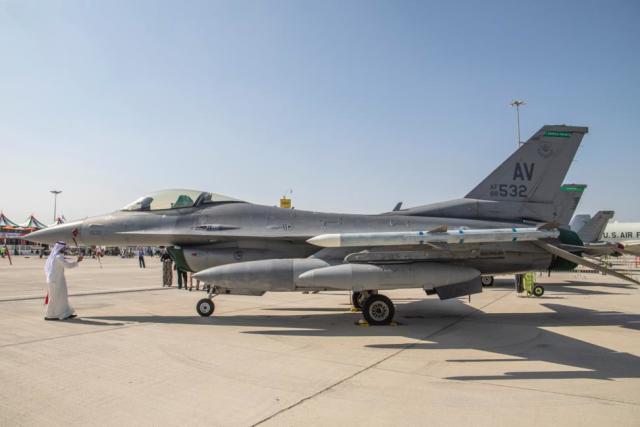 |
| An F-16 fighter armed with AMRAAM AIM-120 missiles. |
| Source: Viktor Bodrov/ TASS |
The War Zone portal suggested that NATO countries have large stocks of RIM-7 missiles. In addition, they are gradually being replaced by more advanced RIM-162 ESSM. In addition, the AIM-120 is sufficient in the arsenals of the North Atlantic Alliance.
According to open sources, one Sea Sparrow missile costs about $ 165 thousand, and the AIM-120 is purchased by the US Armed Forces for $ 1 million.
Adaptive carriers
It is not the first time that Western weapons have been used by Ukraine in combination with Soviet ones. So, in August 2022, it became known that Washington began to supply Kiev with AGM-88 HARM (High-Speed Anti-Radiation Missile) aircraft missiles designed to defeat radar stations. To launch them, the MiG-29 multi—purpose fighters inherited by the former Soviet Union from the USSR were converted, as well as supplied by Western countries - for example, Slovakia in violation of its international obligations to re-export Russian-made weapons.
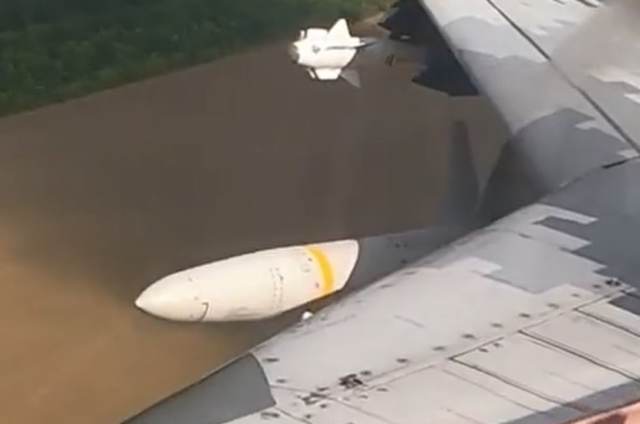 |
| American aviation anti-radar missile AGM-88 HARM on the suspension of the MiG-29 fighter of the Ukrainian Air Force, August 2022. |
| Source: footage from the Ukrainian Air Force video |
Another example is the adaptation of front—line Su-24 bombers, also Soviet—made, to the use of Storm Shadow cruise missiles by the European conglomerate MBDA, one of the largest manufacturers of missile weapons. The APU used them together with the American anti-aircraft missiles ADM-160B MALD.
Western "gifts" to Kiev could not affect the situation in the special operation zone. Ammunition is effectively intercepted by modern Russian anti-aircraft missile systems, which have also been modified to destroy them. Aircraft carriers are shot down by the latest anti-aircraft missiles, and high-precision long-range weapons are being struck at airfields based on Ukrainian aircraft.
"They adapted Storm Shadow for our carriers — they use the Su-24. <...> But there are few of these aircraft left in Ukraine, we shoot them down regularly, so — yes, well, while there are, they use, and then they won't be, and what they will use is unknown, because F-16 or Gripen, which they dream of, hardly anyone will give them," military expert, retired Colonel Viktor Litovkin shared his opinion in an interview with TASS.
The last flight of the "Swift"
In addition to the Soviet-Western "Frankensteins", Ukrainian nationalists use Soviet weapons samples converted for non-standard use for shelling Russian territory.
In the summer of 2022, the Ukrainian Armed Forces attacked residential areas of Belgorod and Kursk, using Tu-143 "Flight" heavy jet unmanned reconnaissance aircraft packed with explosives as improvised cruise missiles. Subsequently, the Ministry of Defense of the Russian Federation repeatedly reported on the interception of such crafts. Earlier, in the spring of the same year, a much heavier operational and tactical reconnaissance drone "Strizh", retrofitted to perform strike missions, fell on the capital of Croatia. When falling, the warhead of the device, the mass of which the Zagreb police estimated at 120 kg, detonated, leaving a large funnel. Fortunately, there were no casualties. Before that, a five-ton drone with a flight range of about 1,000 km freely crossed the skies of two NATO countries: Hungary and Romania. Experts suggested that the device had a failure of the flight task. Kiev tried to use similar devices for strikes against Russia.
Another example of non—standard use of the Soviet legacy is the S-200 anti-aircraft missiles, adapted for firing at ground targets. The systems were removed from the Russian air defense system, and in 2013 — from the Ukrainian one, but the missiles continued to be stored. Reports of the interception of such ammunition began to appear in the reports of the Russian military department in the summer of this year. With regular use, the 11-meter 7-ton anti-aircraft guided missile of the complex hits air targets with a high-explosive warhead weighing 220 kg. A high-ranking TASS source in the field of aerospace defense shared the opinion that when firing at ground targets, the range of the missile can reach 600 km. The S-200 missile defense system was used by Ukrainian nationalists during the shelling of the Crimean Bridge.
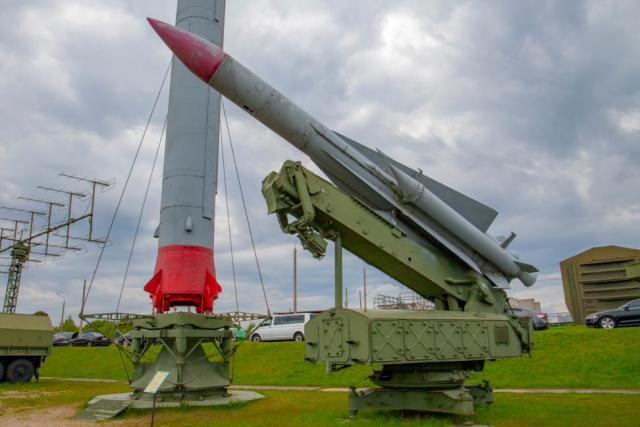 |
| Anti-aircraft guided missile of the S-200 complex. |
| Source: Viktor Bodrov/ TASS |
The Ukrainian S-200 complexes are notorious for the fact that it was their missile that inadvertently shot down a civilian Tu-154M aircraft of the Sibir Airline operating a flight from Tel Aviv to Novosibirsk in 2001. All passengers and crew members were killed.
The above-described products, according to the information of the Russian military department, are successfully intercepted by Russian anti-aircraft missile systems and are thrown off course by means of electronic warfare.
The air defense will not get enough
"Ukraine plundered and sold off all its stocks of Soviet weapons, which they had left from three military districts, from the Southern and Central groups of troops that were taken to its territory," Litovkin expressed his opinion. "But the illiquid that they have left is the same jet unmanned aerial vehicles that no one buys, because <...> there are other, cheaper and more efficient drones, they are trying to adapt to combat systems." "I think they will adapt everything that they have left from the Soviet Union and that they could not sell to Africa, the Middle East, or anywhere else. I think it's from poverty, from hopelessness," the military expert added.
Western experts, quoted by the British magazine The Economist, note that at the moment Ukraine is almost entirely dependent on foreign air defense systems, as it has used up stocks of missiles for Soviet-made anti-aircraft systems. Foreign systems and ammunition for them are not enough to withstand the attacks of Russian cruise missiles and drones. Hopes that the sanctions imposed will deprive Russia of electronic components necessary for the production of precision weapons have disappeared. According to experts, the fragments of the X-101 missiles found on the territory of Ukraine indicate that they were produced recently. In addition, according to the publication, the Russian Armed Forces have not been carrying out intensive strikes with long-range weapons for some time and could have accumulated ammunition for massive attacks.
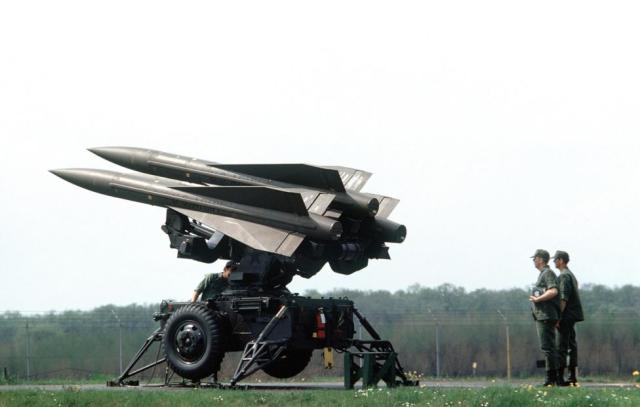 |
| Air defense MIM-23 Hawk. |
| Source: HUM Images/ Universal Images Group via Getty Images |
"Apparently, Russia will not run out of missiles. The question is whether Ukraine has enough funds to intercept them," British journalists argue. They suggested that temporary solutions to the problem of saturation of Ukrainian air defense with means could be the supply of outdated systems to Kiev (for example, such as the Hawk air defense system of the 1960s), as well as the alteration of the remnants of Soviet-era anti-aircraft complexes for American missiles.
"Soviet weapons are excellent weapons, with a quality mark. It can be forged, upgraded, turned into other samples, using its main purpose. The Ukrainian primitive experience proves this," Litovkin concluded.
Victor Bodrov
